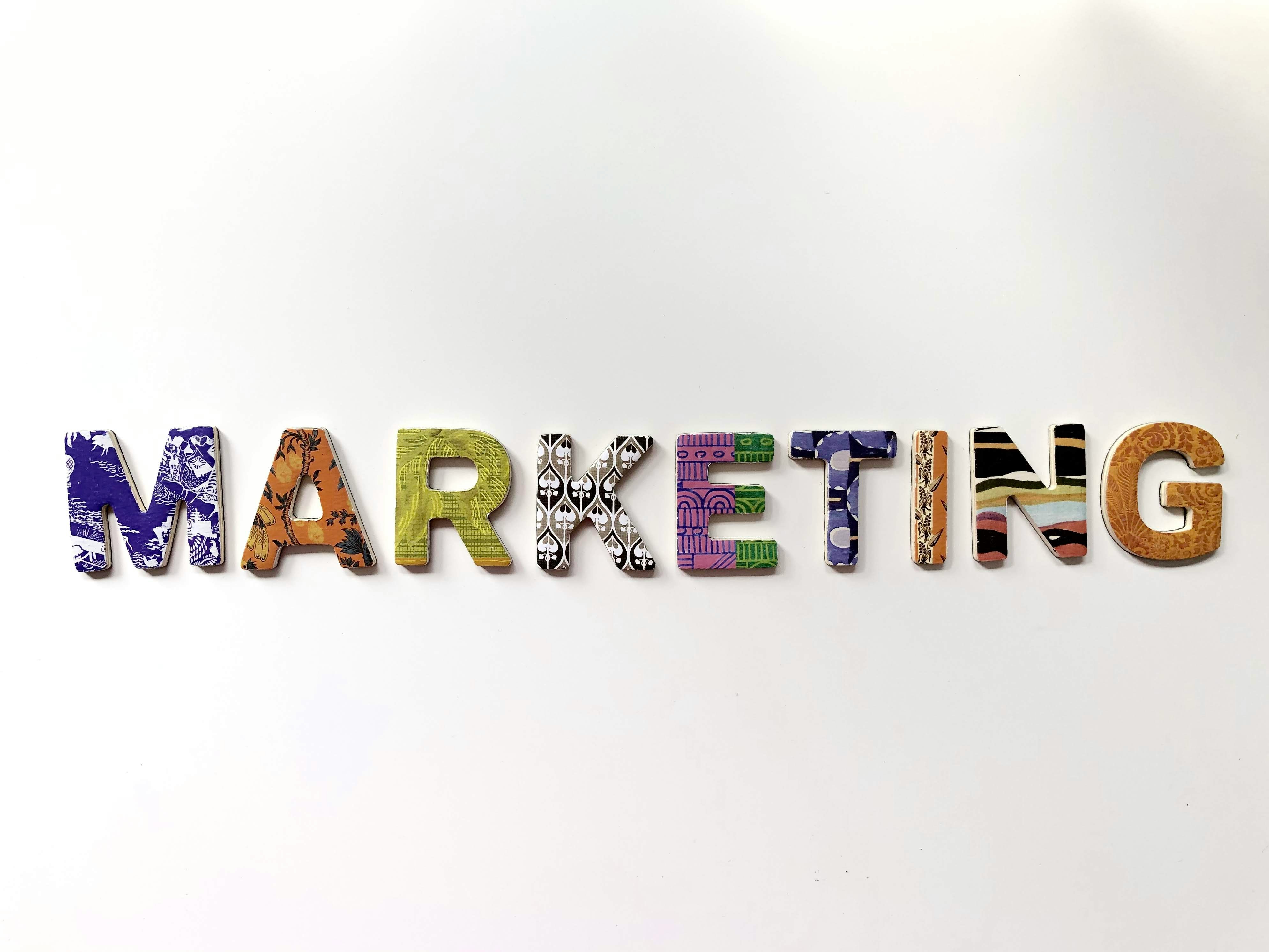Visual Impact: Designing Effective Product Labels
Product labels are more than just informational tags; they are a crucial element of a product's identity and its first point of contact with consumers. An effective label communicates brand values, product benefits, and essential details, all while standing out on a crowded shelf. Crafting labels that resonate with the target audience requires a thoughtful approach to design, material selection, and strategic messaging. This initial visual interaction significantly influences purchasing decisions and plays a vital role in building brand recognition and loyalty in the marketplace.
Understanding Branding, Packaging, and Labeling
Branding encompasses the entire identity of a product or company, shaping how it is perceived by the public. Packaging serves as the physical container for a product, protecting its contents and presenting it to the consumer. Labels are an integral component of packaging, providing specific information and visual cues directly on the product or its container. Together, these elements form a cohesive strategy that influences consumer perception and market position. Effective branding extends beyond a logo; it’s about the entire experience a customer has with a product, starting from the moment they see its packaging.
The interplay between branding, packaging, and labeling is critical for market success. A strong brand identity, when consistently applied to packaging and labels, creates a memorable and trustworthy impression. The colors, fonts, imagery, and materials chosen for labels should align seamlessly with the overall brand aesthetic. This consistency helps consumers quickly identify and recall a product, fostering a sense of familiarity and trust that can lead to repeat purchases. Disjointed branding can confuse consumers and dilute a product’s message, making it harder to establish a strong market presence.
The Role of Custom Product Packaging
Custom product packaging goes beyond standard boxes and containers, offering a unique opportunity to differentiate a product in a competitive market. It allows businesses to tailor the size, shape, material, and design of their packaging to perfectly suit their product and brand narrative. This bespoke approach can enhance the unboxing experience for customers, adding perceived value and creating a memorable interaction. When packaging is designed with precision, it not only protects the product but also acts as a silent salesperson, conveying quality and attention to detail.
Beyond aesthetics, custom product packaging can also offer practical benefits such as improved product protection during transit, optimized storage, and enhanced usability for the end-user. For example, a uniquely shaped bottle or a specially designed inner tray can prevent damage and make the product easier to handle. Investing in custom solutions demonstrates a commitment to quality and can elevate a brand’s image, making it appear more premium and thoughtfully curated. This strategic investment can yield significant returns in terms of customer satisfaction and brand loyalty.
Steps to Create Custom Product Packaging
Creating custom product packaging involves several key steps, beginning with a clear understanding of the product, its target audience, and the brand’s core values. The initial phase typically includes brainstorming design concepts, sketching ideas, and gathering inspiration from competitors and industry trends. It’s crucial to define the functional requirements of the packaging, such as protection, ease of use, and display considerations, alongside the aesthetic goals. Material selection is also vital, considering factors like sustainability, durability, and cost-effectiveness.
Once the conceptual design is established, the next step often involves digital design and prototyping. Graphic designers translate concepts into digital mock-ups, incorporating logos, text, and imagery. This stage also includes selecting label types, finishes, and printing techniques that align with the desired visual impact and budget. Prototyping allows businesses to physically examine and test the packaging before mass production, identifying any potential issues with fit, function, or appearance. Collaborating with experienced packaging manufacturers can streamline this process, ensuring that the final product meets both design specifications and production capabilities.
Effective product labels and custom packaging are more than mere necessities; they are powerful tools for brand communication and market differentiation. By thoughtfully integrating branding principles with practical design and material choices, businesses can create packaging that not only protects their products but also tells a compelling story. The careful attention given to every detail, from visual elements to structural integrity, contributes significantly to a product’s success, influencing consumer perception and fostering lasting brand connections in the global marketplace.





